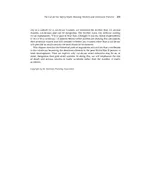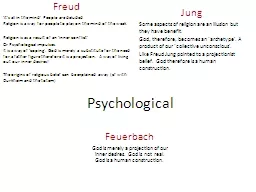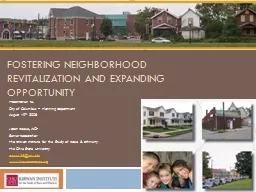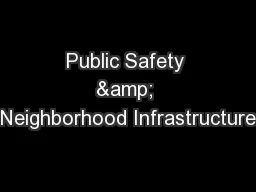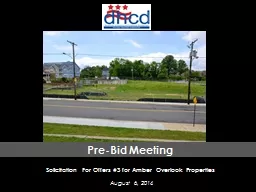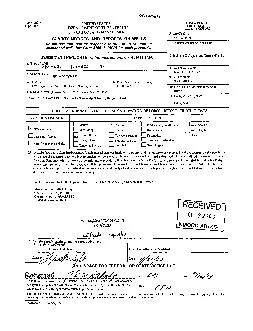PDF-CHAPTER The CuldeSac Safety Myth Housing Markets and Settlement Patterns In home buyer
Author : karlyn-bohler | Published Date : 2015-03-13
The cu ldesac literally the bottom of the bag has been the prevalent design response in the United States The effect of culdesacs has been like a corset It changes
Presentation Embed Code
Download Presentation
Download Presentation The PPT/PDF document "CHAPTER The CuldeSac Safety Myth Housin..." is the property of its rightful owner. Permission is granted to download and print the materials on this website for personal, non-commercial use only, and to display it on your personal computer provided you do not modify the materials and that you retain all copyright notices contained in the materials. By downloading content from our website, you accept the terms of this agreement.
CHAPTER The CuldeSac Safety Myth Housing Markets and Settlement Patterns In home buyer: Transcript
Download Rules Of Document
"CHAPTER The CuldeSac Safety Myth Housing Markets and Settlement Patterns In home buyer"The content belongs to its owner. You may download and print it for personal use, without modification, and keep all copyright notices. By downloading, you agree to these terms.
Related Documents

